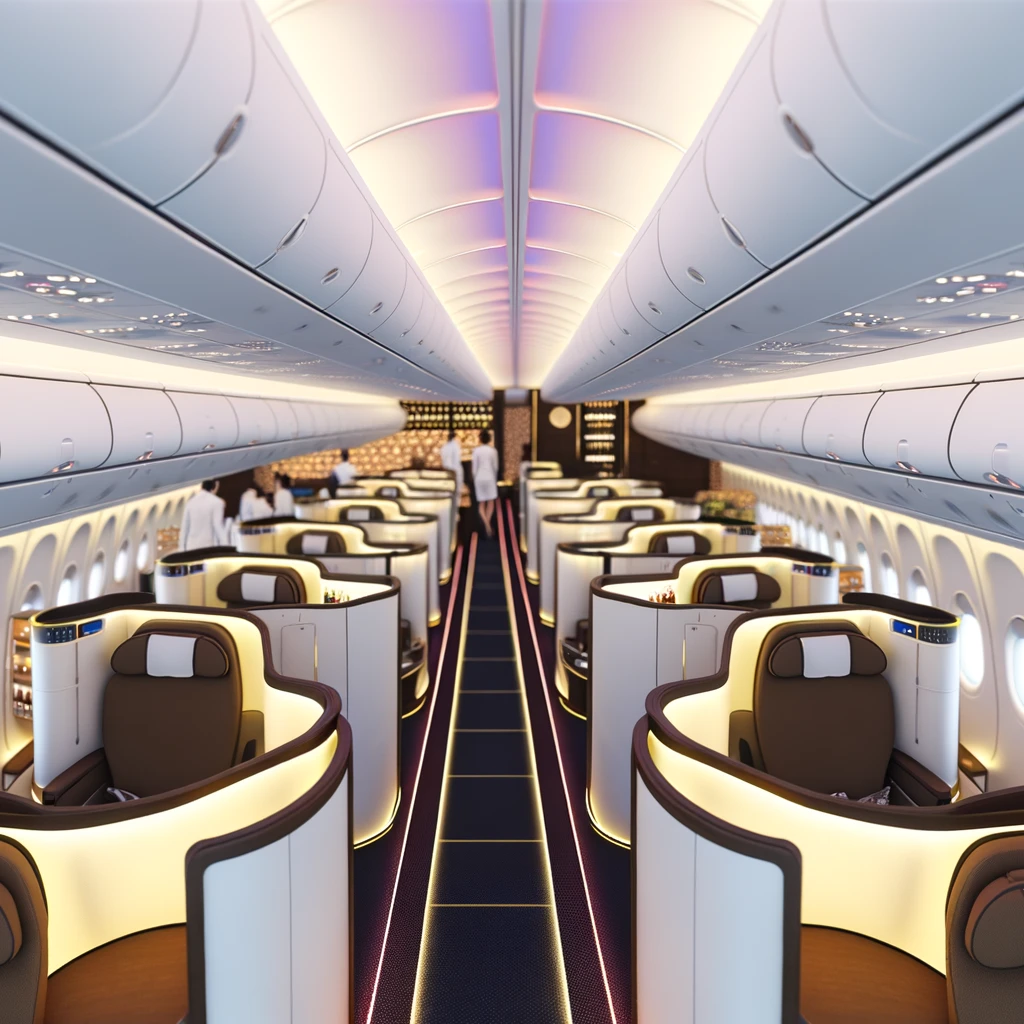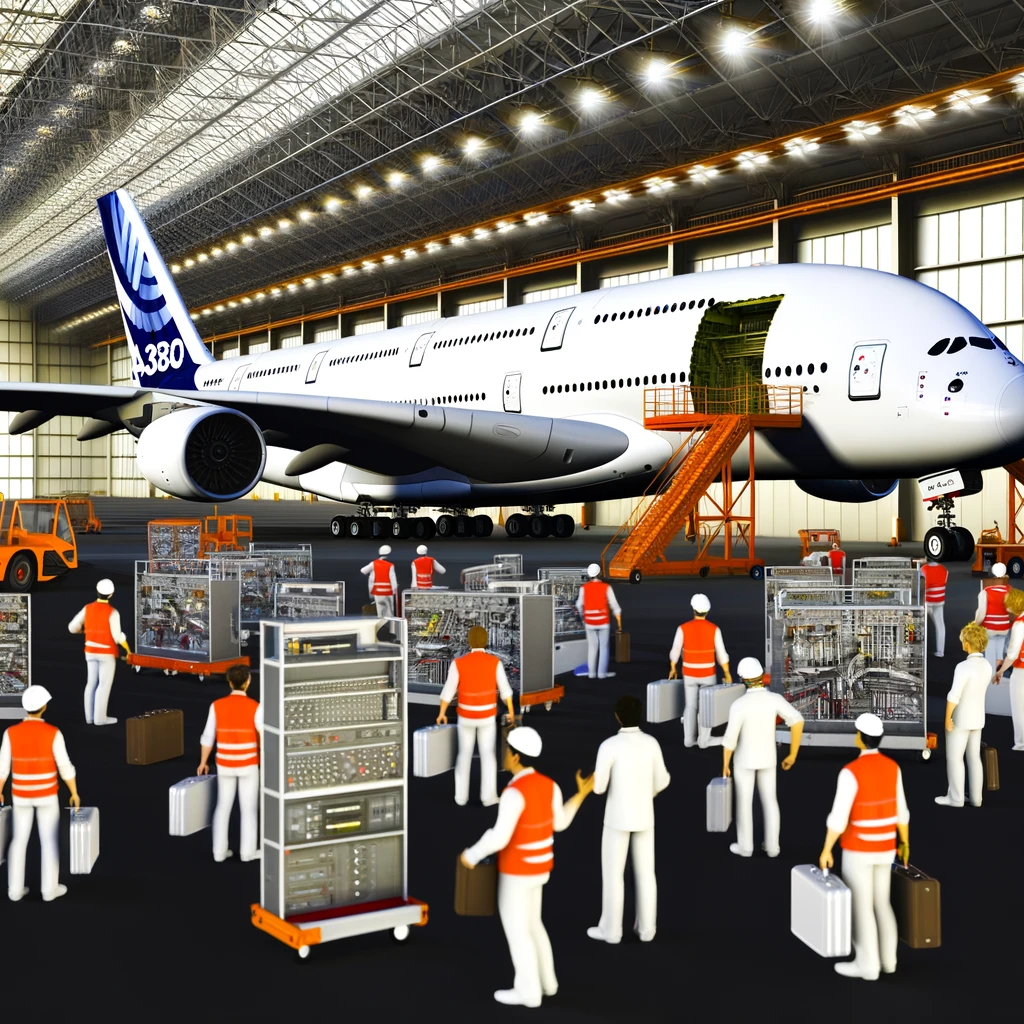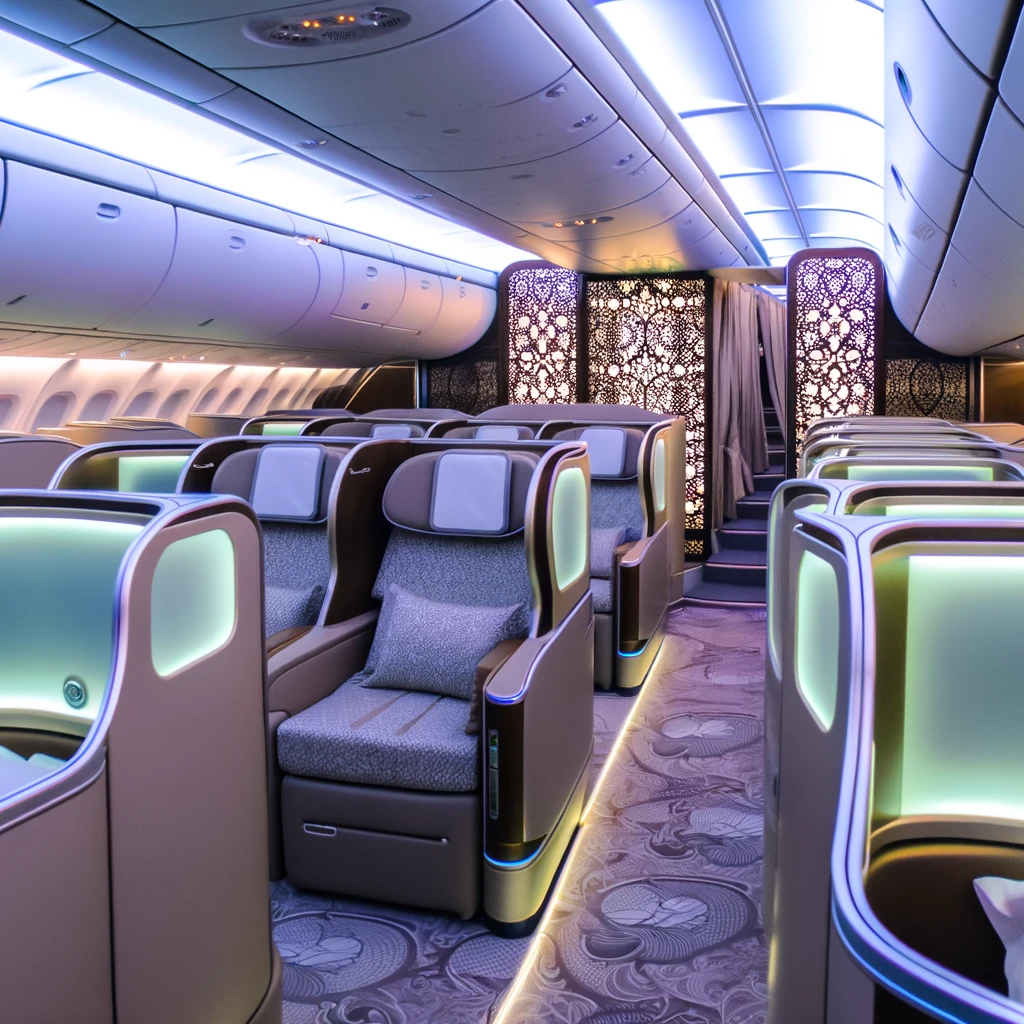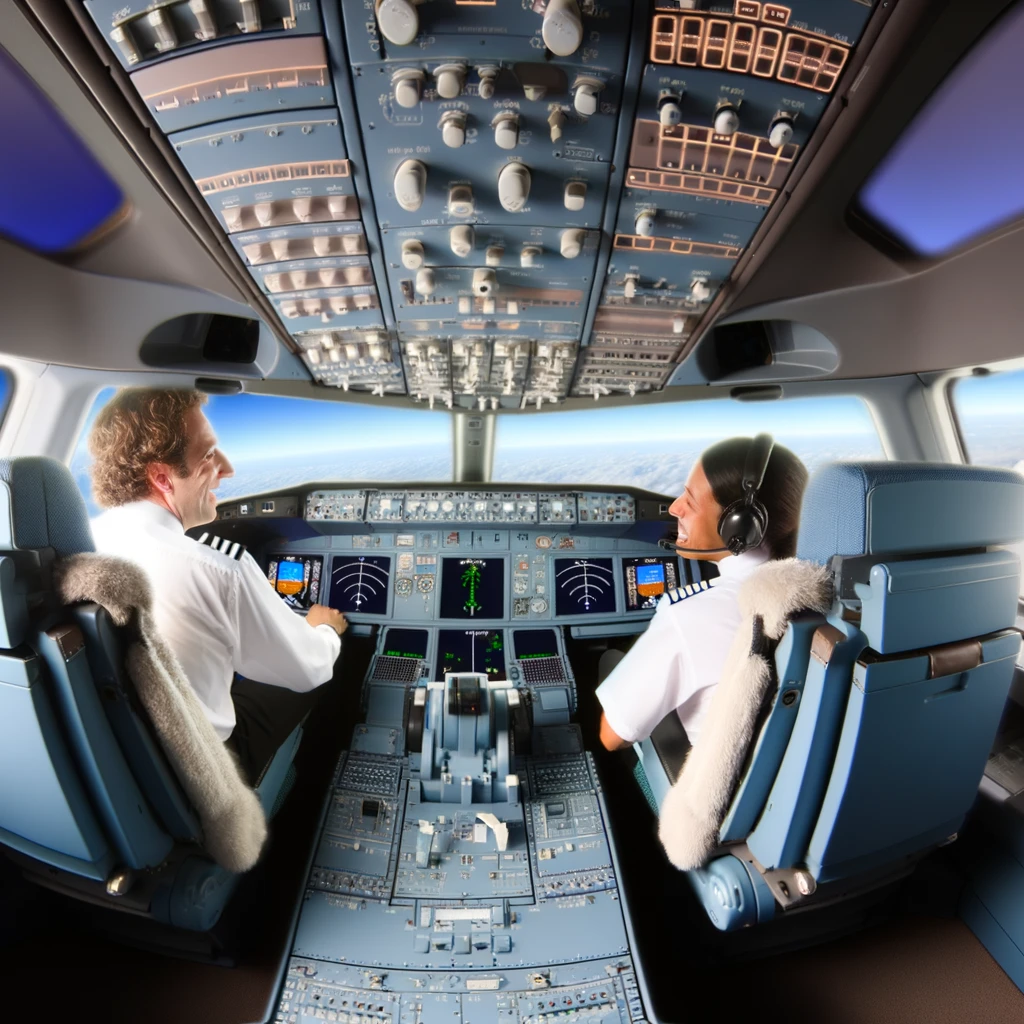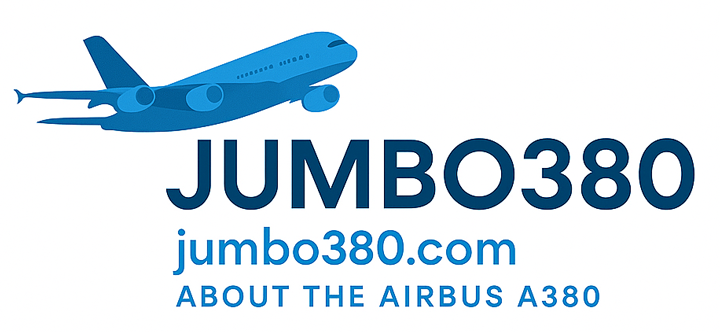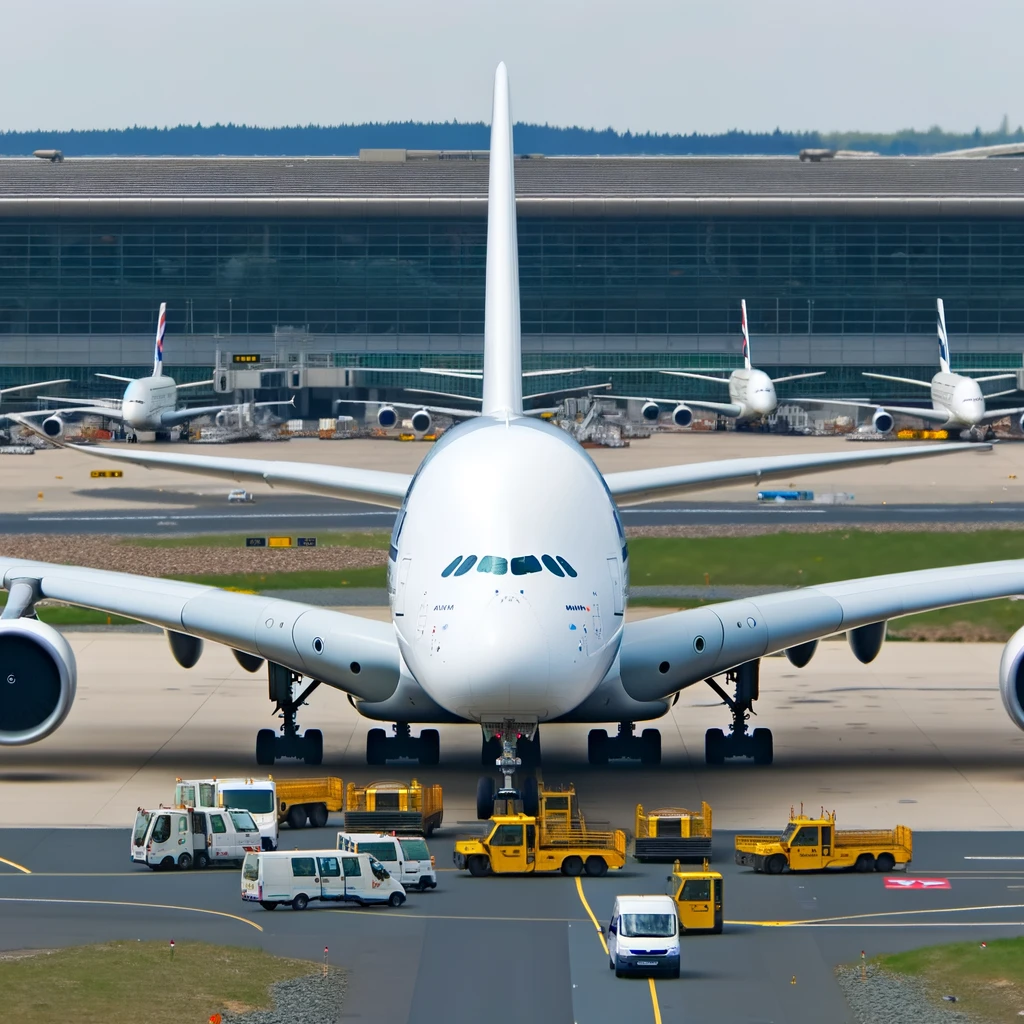
The Downside of Size: Addressing the Airbus A380's Limitations
The Airbus A380, often celebrated as a marvel of modern aviation, is the world's largest passenger airliner. However, its grandeur comes with significant limitations that have impacted its operational viability and market demand. In this article, we delve into the various challenges posed by the A380's size, infrastructure requirements, and efficiency concerns.
Infrastructure Challenges
The sheer size of the Airbus A380 necessitates specialized airport infrastructure. Many airports worldwide are not equipped to handle the A380, requiring them to make substantial investments in facilities. Wider runways, reinforced taxiways, and larger terminal gates are necessary to accommodate the aircraft, leading to increased operational costs for airports.
Furthermore, the logistics of boarding and deboarding passengers from such a large aircraft can lead to longer turnaround times, affecting flight schedules and efficiency. These infrastructural constraints have limited the number of routes on which the A380 can operate, reducing its attractiveness to airlines.
Operational and Economic Efficiency
While the A380 can carry more passengers per flight than any other commercial airliner, its operational efficiency is questionable. The aircraft's four-engine configuration, while providing ample thrust, results in higher fuel consumption compared to more modern twin-engine aircraft. In an industry increasingly focused on sustainability and cost-efficiency, this makes the A380 less competitive.
Moreover, the high operating costs, including maintenance and crew requirements, further strain airline budgets. With the global aviation industry facing economic pressures, airlines are prioritizing more fuel-efficient aircraft like the Boeing 787 and Airbus A350, which offer similar range capabilities with lower operating costs.
Market Demand and Legacy
Initially conceived during a time of growing passenger numbers and hub-to-hub travel, the A380's market relevance diminished as airline strategies shifted towards point-to-point travel, utilizing smaller, more efficient aircraft. As a result, the demand for the A380 dwindled, leading Airbus to cease production in 2021.
The A380's legacy is a testament to human engineering prowess, yet it serves as a cautionary tale about the risks associated with building aircraft that do not align with evolving market demands. Airlines now prefer flexibility and efficiency over sheer size, influencing future aircraft development strategies.
Conclusion
While the Airbus A380 remains an icon of aviation engineering, its limitations underscore the importance of aligning aircraft design with market trends and operational efficiency. As the aviation industry continues to evolve, the lessons learned from the A380 will undoubtedly shape future innovations in aircraft design and infrastructure development.
Related Articles
